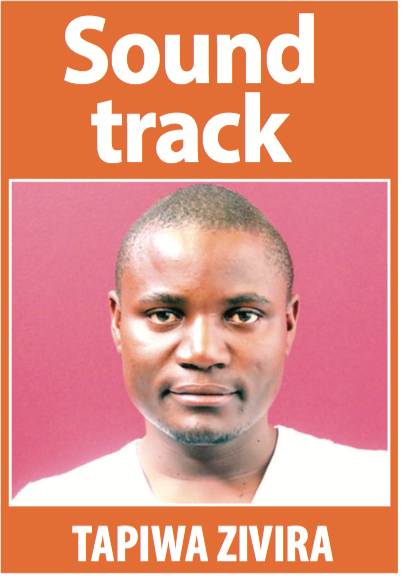
APPEARANCES are said to be everything in art. If one looks at the 2012 pictures of Killer T, Soul Jah Love and Winky D and compare them with their current images, there is a marked difference.

These are just a few of the many dancehall musicians who have consistently produced hit songs despite earlier predictions that dancehall would just die.
The way these three have changed their dressing and personal presentation apparently shows an upgrade in lifestyle, which is synonymous with success.
That they are some of the most mentioned names as far as dancehall is concerned, and that they feature regularly at big shows, sharing the stage with musicians from other genres makes them somewhat ambassadors, or rather, the faces of dancehall in Zimbabwe.
These are also some of the most-mentioned names in the media, a sign of arrival.
Behind them is a huge army of dancehall musicians who are popular in their communities and nationally, but do not always feature in the media, and do not always play at huge functions, but they also have hope to make it like Killer T or Winky D.
They hope that with more perseverance, they will eventually sing their way to the big stage. Names like Silent Killer, Jah Signal and Grenade come to mind. These are probably still at that level where the likes of Killer T used to be five years ago, and they are hoping to make it. And it is not so easy.
- Chamisa under fire over US$120K donation
- Mavhunga puts DeMbare into Chibuku quarterfinals
- Pension funds bet on Cabora Bassa oilfields
- Councils defy govt fire tender directive
Keep Reading
This is because dancehall, by its nature, is mainly community music, where the artistes often become more popular locally before they are known nationally. They start their journey in the ghetto, where they chant at Passa Passa’s and community halls and become popular locally.
Production of the music is done for a small fee paid to the “producer” or the owner of the equipment and musicians ride on readily-prepared riddims and the music is often shared on social media platforms like Facebook, WhatsApp and YouTube where it can be accessed free of charge.
It is, therefore, against this background that making money out of music is a difficult task and musicians can be popular for some time before they finally convince big promoters and corporates to work with them.
So, how then does dancehall continue to survive? Interestingly, it appears Zimbabwe’s high rate of unemployment — caused by President Robert Mugabe’s inept leadership — has played a part in the success of dancehall.
Unemployed youths who find themselves out of school and with nothing to do but hang out on bridges in the ghetto eventually find solace in trying their luck in music, given that the studios provide affordable recording platforms.
In addition, many of these studios also turn out to be spots where other things like drug abuse take place, providing perfect hibernation for desperate, frustrated youths. Signs of frustration are in the lyrics of the musicians, who often brag about themselves and this is not unique to Zimbabwe. In Jamaica — where dancehall originates — the trend has been very similar.
The ease of production is another factor that allows new musicians to emerge every day and provides a platform where new songs can literally be produced daily. This fast production, which sometimes compromises the quality, allows musicians to have many songs, increasing the chance of one of them becoming a hit somehow.
Those who remember Tocky Vibe’s rise can testify that his song Mhai, which came after he had played so many other tracks, was the one that secured him recognition and, for a while, he rode the crest wave of popularity and was even touted as the next big thing in Zimdancehall.
Technology is also of great help as these musicians can easily share music on WhatsApp, also increasing their chances of getting noticed. Another factor that has allowed the survival of dancehall is the street parties where these musicians perform and although this has no financial returns, it, at least keeps the unemployed, frustrated youths occupied.
Next week we give you details of a day at a Zimdancehall studio in the ghetto.











